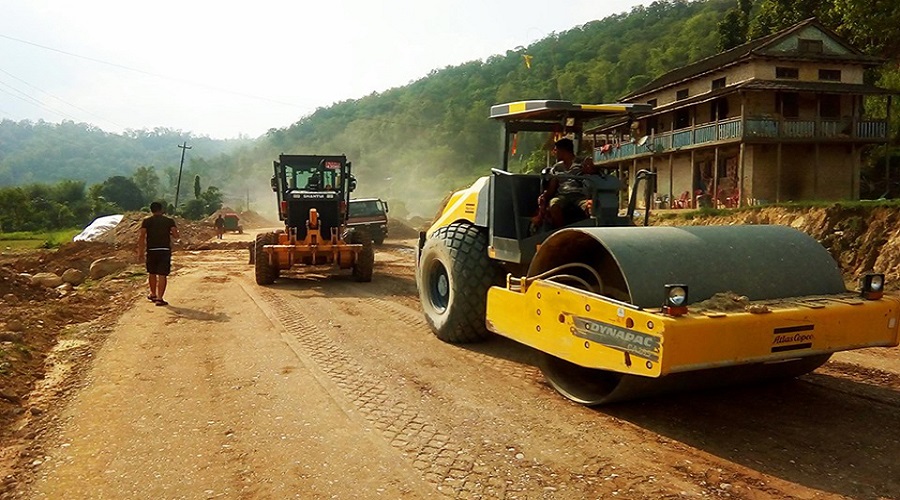KATHMANDU: Large infrastructure development in Nepal is considerably shaped by party politics and the public discourse on each project. With this in mind, the Society of Economic Journalists-Nepal (SEJON) and Policy Entrepreneurs Incorporated (PEI) hosted the fourth instalment of their ‘Talking Infrastructure’ discussion series on 19 July 2021. The discussion focused on how politics shaped the course of past projects such as the Arun-III Hydropower Project, the public discourse on major infrastructures and its implications for current and future projects. The salient points raised by the panellists are presented below.
Expert opinions
Bimala Rai Paudyal, member of the National Assembly at the Federal Parliament, said it is difficult to achieve consensus on decisions related to large infrastructure projects as they are often highly politicized. The tendency to view infrastructure projects through a political lens creates insurmountable problems. Political parties tend to shift their views to suit their own interests. “The parties may support a project when they are in power but rescind their support when they are in opposition,” she said. “Populism guides project decisions. The lack of political accountability makes it hard to get large projects off the ground.” Ms. Paudyal added that the absence of political consensus fuels confusion about these projects among the public.
Radhesh Pant, former CEO of Investment Board Nepal, shared how negotiations for the Arun-III Hydropower Project took years of effort, especially in the initial planning phase. It entailed many rounds of dialogue with political groups, journalists and civil society organizations. He said stakeholders must devote enough time to the initial planning and negotiation phase before launching mega projects. He mentioned the current controversy around the Lapsiphedi-New Butwal transmission line project. “The project had been discussed with leaders from all political parties. If there were problems, they should have been raised earlier,” he said. “Disagreements arising at this late stage when the project is about to be implemented, represent a political failure.” Nonetheless, he remains optimistic that “once projects like Arun-III are completed and people realize the benefits, their support for such projects will rise.”
Ramesh Maskey, professor at the Nepal Academy of Science and Technology, stressed the importance of holding intensive dialogues with local communities to ensure smooth project development. He cautioned that the political parties tend to capture the agenda of the local communities. Highlighting the role of the media in shaping public opinion, he asserted that the media focuses too much on negative issues without paying attention to positive aspects. “It is important to disseminate correct information,” he said. “Instead of publishing hasty, unverified reports on infrastructure projects, journalists should first consult experts or wait till project officials have shared the facts about the project.”
Ram Sharan Mahat, former Finance Minister of Nepal, emphasized the need to prioritize infrastructure projects that truly benefit the public instead of funding projects because of political lobbying. For this, planners need to carefully assess project details such as the rate of return and social benefits, as well as conduct detailed cost-benefit analysis prior to finalizing the project.
Kumar Pandey, Chairman of National Hydro Power Company, stated that Nepal lacks an investment-friendly climate as appropriate policies are lacking and existing policies are implemented poorly. This discourages the private sector from investing in large infrastructure. Further, polarization of opinions among both political parties and the public fuels confusion and controversy. He noted that political actors hijack local concerns, especially where local stakeholders have limited capacity to appreciate the benefits of the project. Politicians exploit such situations to sway public opinion in favour of their own agenda.

